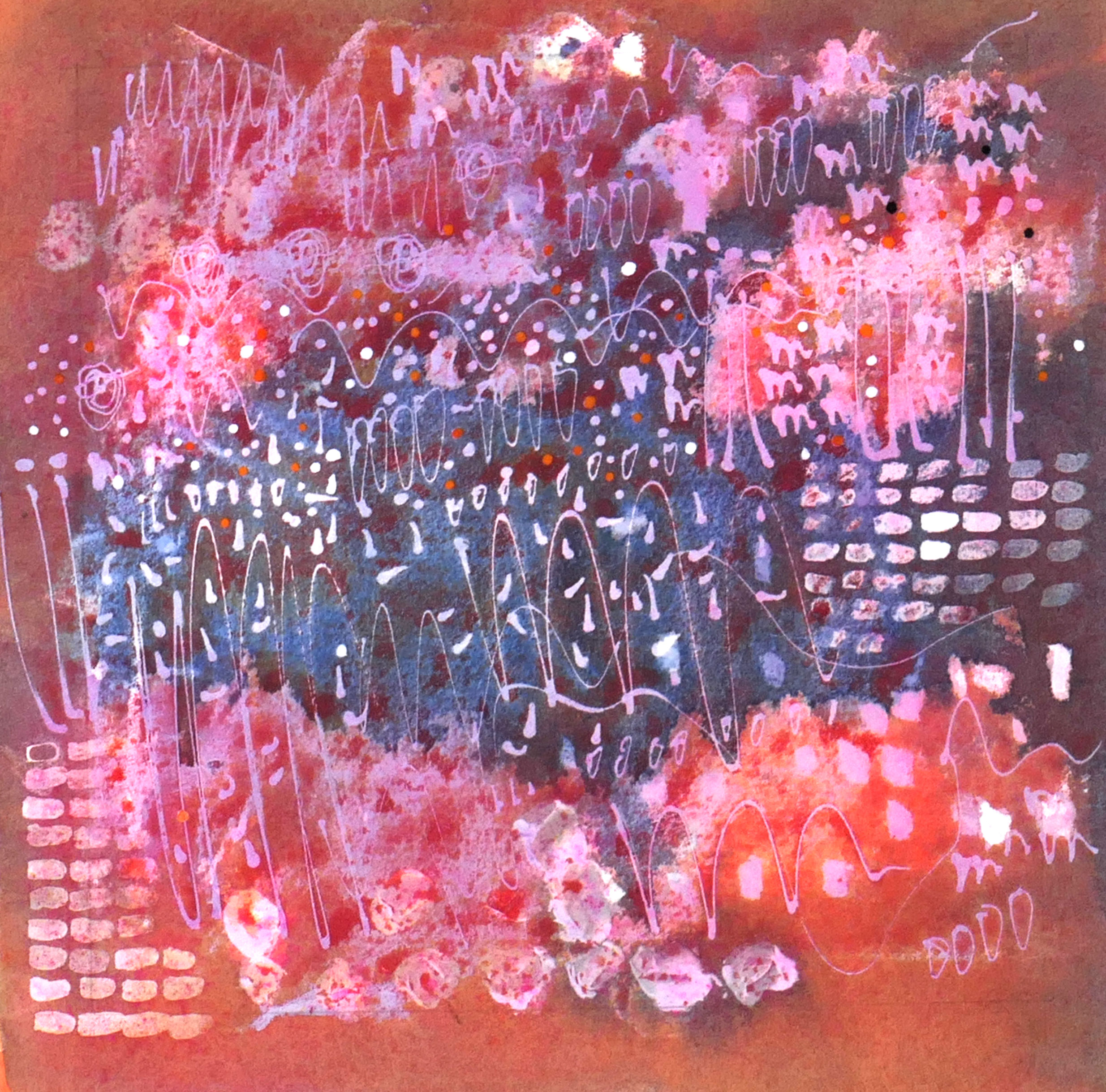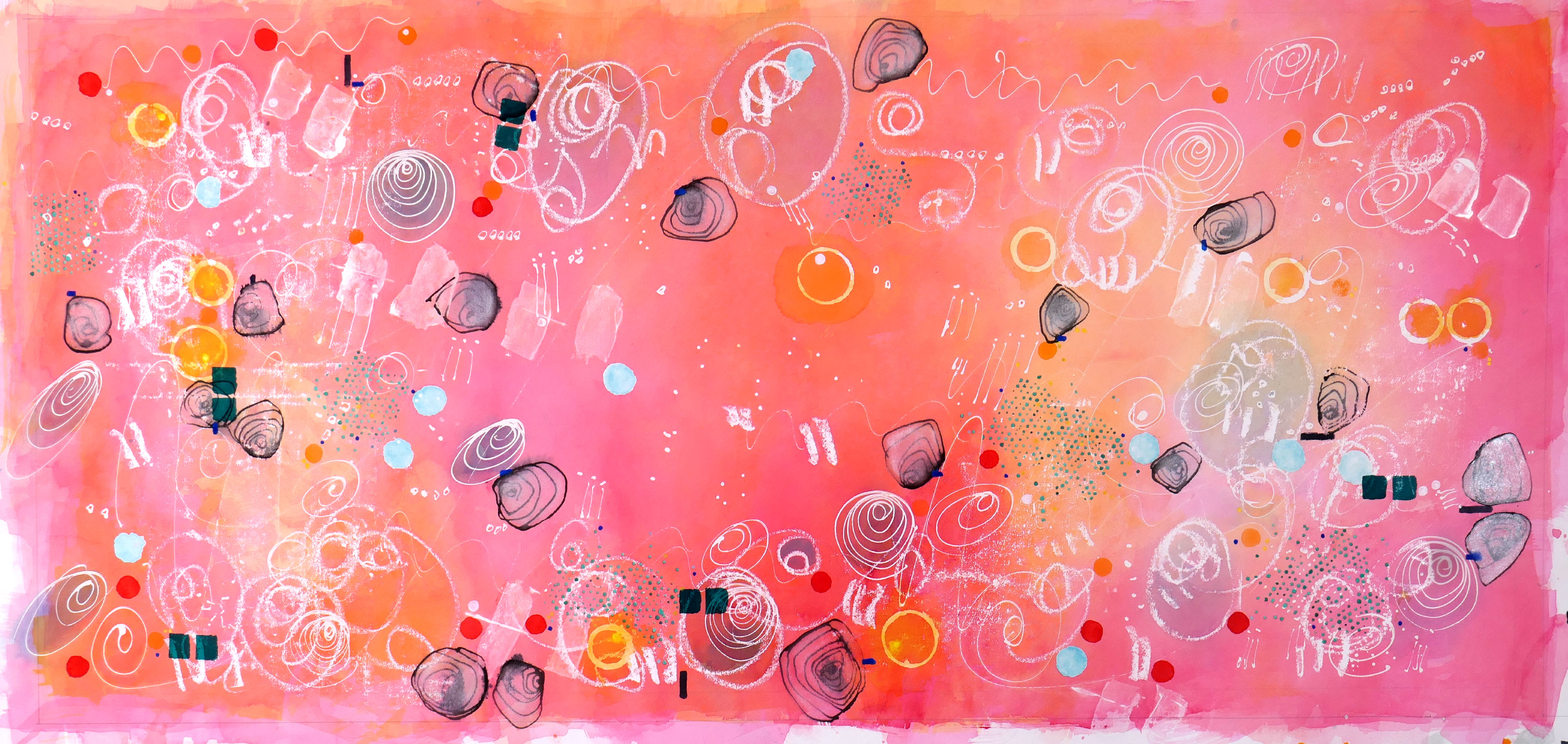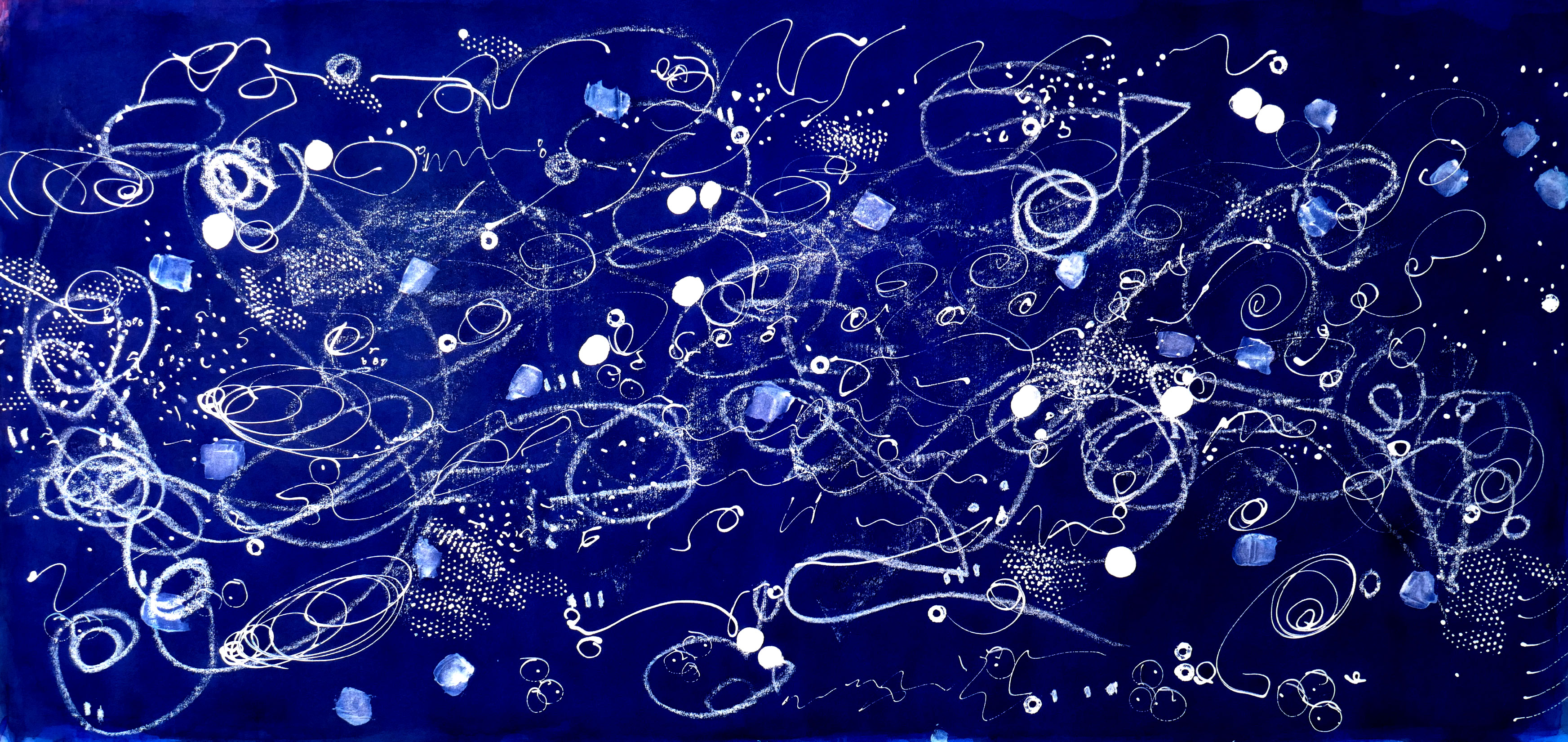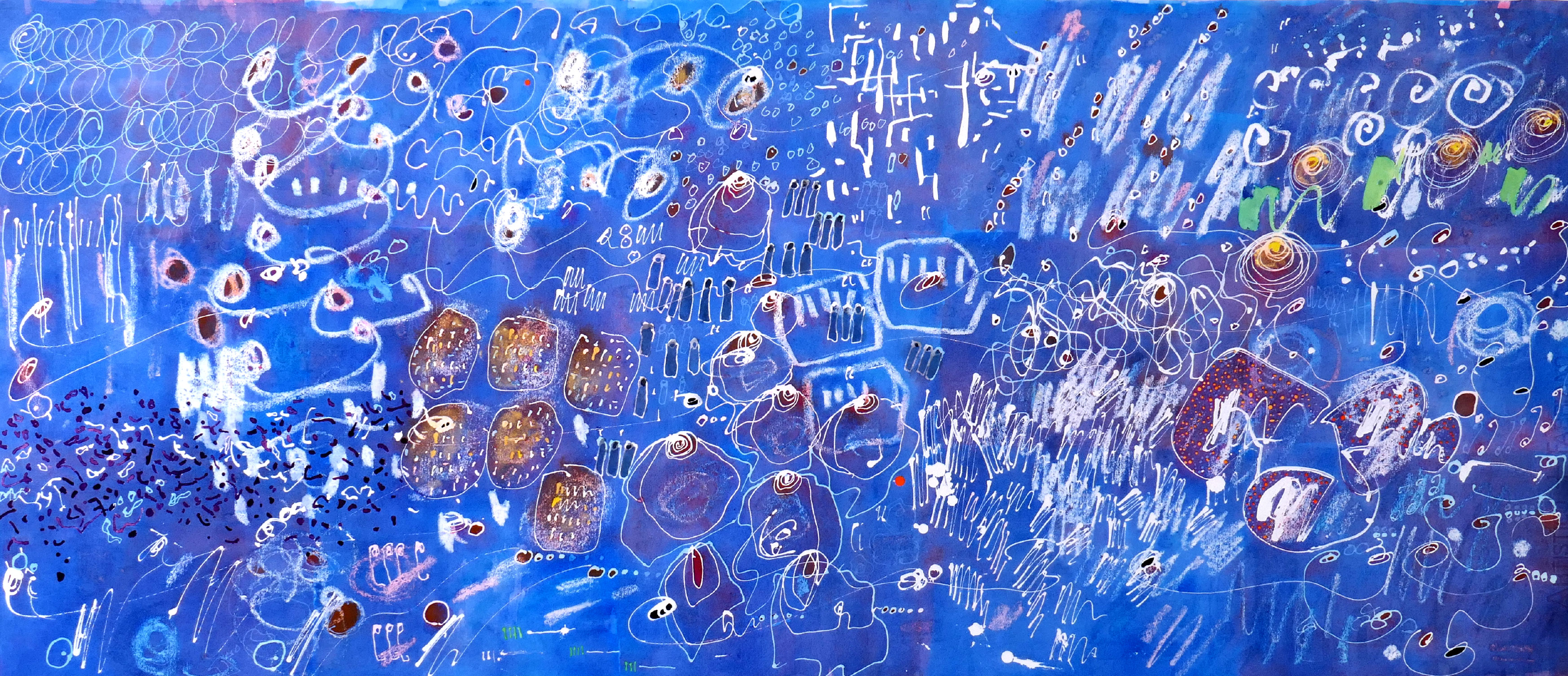
The Dawn Chorus, 2021

The Dawn Chorus, 2021

The Dawn Chorus 20, 2021

The Dawn Orchestra and Chorus, 2021

The Dawn Orchestra and Chorus 1, 2021

The Dawn Orchestra and Chorus 2, 2021

The Dawn Orchestra and Chorus 3, 2021

The Dawn Orchestra and Chorus 9, 2021
Dawn Chorus
The term Dawn Chorus was coined as recently as the 1920’s to define the tapestry of sound created by birds mostly in the springtime. Over the last two year’s lockdown, our lack of travel by plane and by car has given over the airwaves to the birds, and has allowed us to become more aware of this beautiful phenomenon.
Much has been written in prose and verse about the dawn chorus, but there remains a degree of mystery behind the event other than declarations about territory and sexual partnership. It requires a huge amount of energy for a Song Thrush, as an example, to sing for three hours. The expenditure of energy in terms the weight of a song can be established by weighing the bird before and after his performance. There is a theory that this may be part of a symbiotic relationship between birds and plant life.
Experiments in radical crop research in America have established that the productivity of orange groves is increased by as much as 18% if classical music is played in early stages of growth. It is believed that the energy embedded in musical harmony stimulates the cellular structure of plants as well as opening the stomata of leaves to ingest nutrients in a controlled mist spray. The vines of some vineyards in Napa Valley are grown with music play music as these grapes it in turn noticeably improve the quality of wine. In Japan one can buy expensive melons which have been grown to a background of music.
These paintings promote one theory behind purpose of the dawn chorus : that the music of birdsong may promote plant growth producing blossom, berries and bugs and reinforcing a symbiotic relationship.
All of these artworks are available for purchase. Please click each image for more information or enquire.